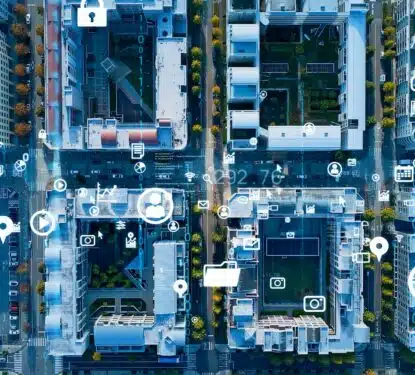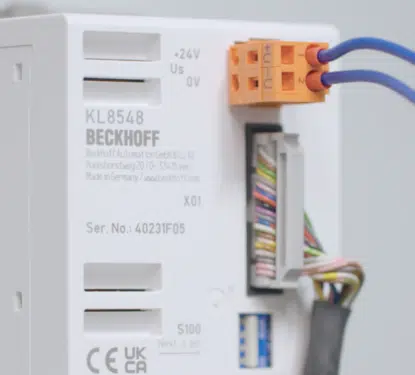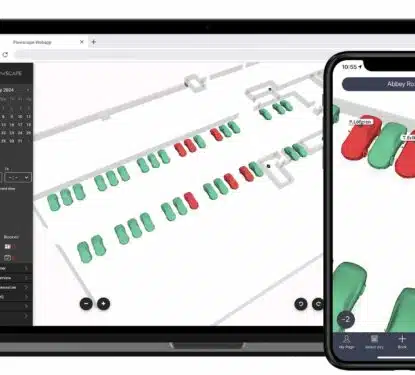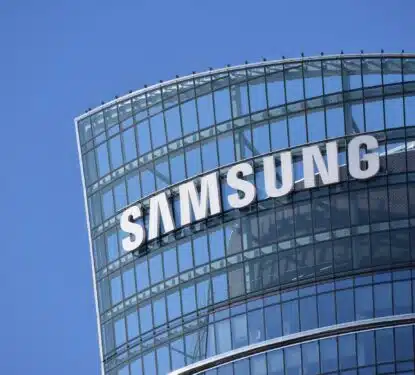Archives
Investment Patterns Shift in 2025: Smart Building Analysis
May 27th, 2025Unica’s 2025 Strategy: MPL Acquisition Unlocks Advanced Smart Building Platform
May 26th, 2025
SPIE Unveils Microsoft Fabric Integration: Digital Twin Builder 2025
This Research Note examines a new Digital Twin Builder feature in Microsoft Fabric and explores its application in building operations and facility management, based on its deployment at SPIE in the Netherlands. In May 2025, Microsoft announced a new Fabric feature at their Build Conference that allows for the creation of enterprise-ready digital twins. The Digital Twin Builder in Microsoft Fabric is available in preview mode as the company refines the solution. Digital Twin Builder in Microsoft Fabric Real-Time Intelligence scales digital twin scenarios by making them more accessible and actionable for operators. It equips users with low code/no code experiences to build and model digital twins. Digital twin builder capabilities are the following: Modeling: Build shared vocabulary and structure to create comprehensive digital replicas of real-world entities, processes, and environments. Mapping: Harmonize diverse data sources into an ontology layer that connects digital twins with their real-world counterparts, ensuring accurate representation. Relationships: Enrich digital twins […]

Trade Tensions in 2025: Smart Building Market Fragmenting?
2025 has so far been a year defined by international trade tensions, triggered by the economic policies of US President, Donald Trump. The consequences of these tensions go beyond the daily headlines, and we are continuing to see major impacts across the global economic landscape, including all major smart building markets. Recent macroeconomic indicators highlight the impact of trade tensions on both regional and global growth prospects. In its April update the International Monetary Fund (IMF) downgraded economic growth forecasts for 2025 across the board for advanced economies with the US projections being hardest hit, down from 2.7% to 1.8%, attributing the sharp revision to tariff-induced uncertainty and investor caution, while giving a 40% probability of US recession should trade tensions escalate further. Globally, growth is now forecast at just 2.8% for 2025, down from 3.3% in the IMF’s January outlook, with China’s growth also revised downward to 4.0%, reflecting the cumulative drag of retaliatory […]

Beckhoff Predicts Recovery after Posting 33% Decline in 2024 Revenues
In this Research Note, we examine Beckhoff, a German family-owned industrial automation business, and its reaction to a sharp decline in 2024 revenues, announced on 31st March 2025. We also highlight a recent partnership and deployment in its building automation division. This article updates our previous coverage of the company in October 2024. Beckhoff Automation Profile Founded in 1980, Beckhoff Automation GmbH & Co. KG has 5,300 employees worldwide (March 2025), including 2,000 engineers. The corporate headquarters in Verl, Germany, is backed up by 23 sales offices in Germany. Beckhoff’s presence in the international market is supported by 40 subsidiaries worldwide and is represented in more than 75 countries by partners. The company invests €80 million in research and development, intent on further expanding its position as a global automation technology company. Beckhoff implements open automation systems based on PC Control technology. The product range covers Industrial PCs, I/O and Fieldbus Components, Drive Technology, and […]

Flowscape Unveils New Market Strategy After 2024 Revenue Decline
In this Research Note, we examine the Swedish workplace management solutions vendor, Flowscape Technology AB, based on their year-end report for 2024, issued on 21st February 2025. This article updates our previous Research Note from May 2024. Flowscape is a SaaS provider of digital workplace solutions for the hybrid office. The business concept was born out of a collaboration with a large Swedish real estate company Vasakronan in 2013, and since 2018, the company’s shares have been traded on the Nasdaq First North Growth Market under the tag FLOWS. Headquartered in Stockholm, Flowscape has offices in the USA, UK, and Bulgaria. The company reported 27 employees at the end of 2024 and revenues of around $4.5 million. The main product, Flowmap, gives companies an overview of the office and enables them to quickly find rooms, desks, office equipment, and colleagues, as well as to analyze the use of spaces. Flowscape also offers a communication tool […]

Samsung Acquires FläktGroup for €1.5Bn in Significant HVAC Deal
This Research Note examines what’s behind the acquisition of FläktGroup, a German HVAC systems provider, by Samsung Electronics, announced on 14th May 2025. We explore the transaction details and strategic rationale before providing our assessment of the respective businesses of both parties, based on recent press releases and Memoori analysis. Transaction Details In May 2025, Samsung Electronics announced that it has signed an agreement to acquire all shares of FläktGroup, a leading air handling solutions provider from European investment firm Triton. The transaction is expected to close in 2025. The purchase price of €1.5 billion represents a multiple of 2.05x FläktGroup’s 2024 revenues of €730 million. Strategic Rationale The acquisition reinforces Samsung’s commitment to expand and strengthen its HVAC business, with a focus on data center cooling solutions. This deal is also confirmation of Samsung’s strategy to diversify beyond its traditional core businesses — semiconductors, smartphones, TVs and appliances — which have all come under profitability […]

BIoT Market: The Forces Driving Growth to $101 Billion by 2030
The global market for the Building Internet of Things (BIoT) in commercial buildings is projected to expand from $64.1 billion in 2024 to $101.0 billion in 2030, representing a CAGR of 7.87% over the forecast period under the baseline scenario, according to our latest research. These new forecasts demonstrate the resilience of BIoT development in a turbulent economic environment. Our analysis adopts a five-tiered supply chain model that captures the major domains of value creation and technology delivery. Each tier represents a functional domain within the broader BIoT ecosystem, but all five contribute to the effective operation of smart buildings. This tiered framework provides a consistent lens through which we segment the BIoT market, evaluate vendor strategies, and analyze platform capabilities: Tier 1 – Traditional BAS includes rule-based automation systems for HVAC, lighting, and energy management, some using closed, vendor-specific protocols. Note that the Traditional BAS tier is NOT included in our market sizing figures. […]
